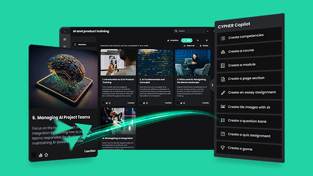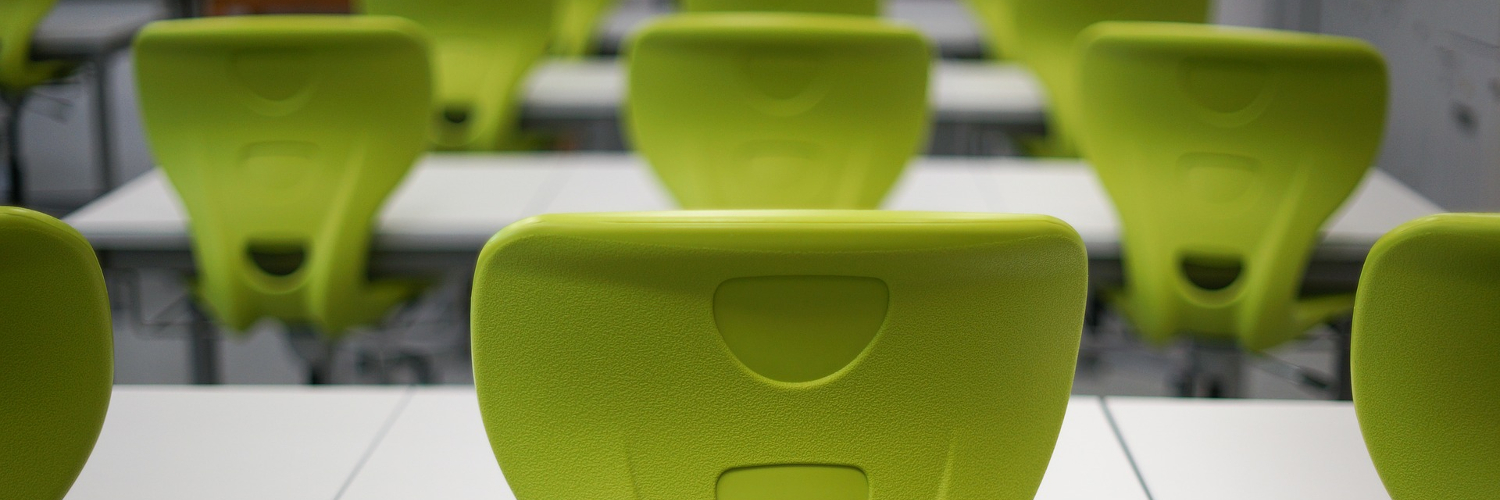This post has been updated on June 4, 2020.
Sit still!
A frequent, despairing instruction from so many teachers, and yet occupational therapists tell us that it is a surprisingly tricky task for children. In fact, compared with the 1980s — when kids played outside more, merry go rounds and play gyms were more common, and parents had less fears of their children playing outdoors — only one in twelve of today’s children have normal core strength and balance.
This means that sitting still for long periods of time — let alone concentrating in that period — is harder today for youngsters than ever, and also perhaps a contributor to such high rates of ADHD diagnoses.
Exercise and its essential role in cognition is perhaps a topic for another post; today we will focus on posture, and how keeping an eye on your students’ posture in class can go a long way to improving their comfort and therefore concentration.
Good posture means the body is relaxed because the muscles are not straining to stay upright. When we adopt a good posture the vertebrae are stacked neatly on top of one another, so the spine is not straining to stay aligned.
An incorrect seated posture can quickly lead to fatigue, neck and back strains and consequently a decline in focus and comfort.
4 Simple solutions to bad student posture for learning
E-educators everywhere need to pay particular attention to posture, because not only do students spend many hours with tablets and in front of computers — sometimes during a BYOD program — but these devices have not necessarily been developed with good posture in mind.
Here are a few things to keep in mind for teachers who want to make sure their students don’t adopt a bad posture while learning in class, no matter if they're using a computer or not.
- Students should always be sitting with their feet flat on the floor, as dangling feet invariably mean a curved spine. Additionally, a student’s arms should easily rest on the tabletop and elbows should be well below the shoulders, and not propped high up on the desk. Students should not have to lean over or reach up to get to the study surface.
- Take a movement break from time to time. Fidgeting is often a sign of discomfort, so instead of demanding students to stop fidgeting, try taking a movement break. Even a short boogie to the latest dance track could get the blood flowing again, and be a welcome muscle release.
- Be sure to check your students’ posture throughout the year — at a certain age, they tend to grow like weeds! Adopting a bad posture while sitting during the process of physical development will have bad effects on the student’s body later on.
- Cut them some slack during circle time. If your students are really young, you probably have some circle time, when they gather in a circle, on the floor to listen to stories. Sitting on the floor, however, and being forced to sit cross-legged, can often be uncomfortable. In fact circle time is often a challenge for some parents and teachers, not to mention the students. More comfortable floor seating is allowing kids to lie on their bellies with heads propped up by their elbows. Ensure there are cushions for elbows, and also that circle time is not inordinately long.
3 More advanced solutions to improve student posture
- Standing Desks. This type of desks has become more and more popular with knowledge workers as research reveals that sedentary lifestyles have a dire effect on our health. Sit-Stand Desks (SSDs) come in a variety of options, and are being embraced by some schools. An SSD can be adapted to either sitting or standing, which means students can opt to stretch their legs without missing anything. Replacing your classroom furniture naturally comes with quite a high cost, but if you feel your class could benefit from the change it might be worthwhile to test one or two over a period of time, it may suit some students where it doesn’t suit others.
- Ball chairs or stability balls. These are the same bouncy balls we use in the gym to stretch. A stability ball has rubber legs on the bottom to stop from rolling away. One four-month study in seven US elementary schools showed that kids either retained or improved their academic results over the period and anecdotal evidence from teachers described kids who used the balls as quieter and more attentive.
- Disc-o-Sit Cushions. These are patented slightly inflated rubber cushions designed with one bumpy side and one flat side. They are said to encourage active sitting and work by gently encouraging the spinal muscles as well as sensory input. They work on either the floor or on a chair and can be inflated to the desired level. A 2009 study of 32 second grade students found that the use of a Disc-o-Sit cushion made a statistically significant difference to their attention to tasks.
Closing thoughts
It is fascinating that simple, easily changeable things can enhance our learning ability. Posture and movement, when handled correctly, can make an immediate difference to a struggling student.
As educators we are always striving to understand the total learning environment; it turns out that understanding the body, how it sits, and how comfortable it is an important part of that ambition.







